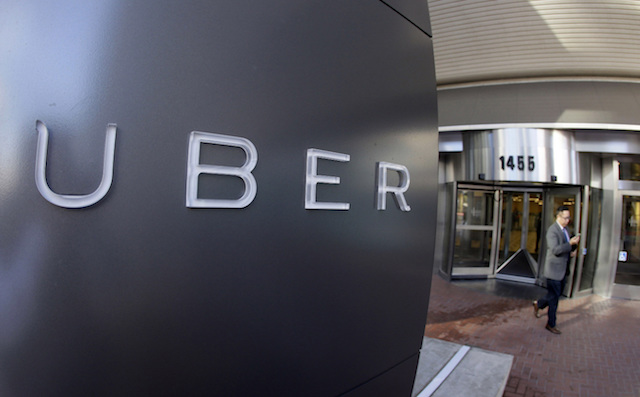Uber’s losses are growing from $2.2 billion last year to an expected $3 billion this year, according to multiple reports this week from The Information and others.
It’s hard to fathom Uber operating so far from profitability at a time when it feels like an established mainstream brand on the global stage.
Hip hop stars like Drake or Wiz Khalifa commonly name check Uber now in their lyrics, and multiple Hollywood studios have signed big names, including Will Ferrell, to produce and star in comedies about Uber drivers.
The ride hailing pioneer is expected to surpass $5.5 billion in net revenue in 2016, according to a Bloomberg report, up from an estimated $2 billion in revenue last year.
While that kind of sales growth is normally impressive, considering the $3 billion in anticipated losses, Uber is apparently spending $1.55 for every dollar it makes.
An Uber spokesperson said the company does not comment on its financials.
Here’s where we know Uber has spent some of that scratch: developing self-driving vehicles, growing its food delivery business, paying drivers and employees, and a lot of affiliated lawsuits and lobbying.
Human drivers remain a serious cost center for Uber, even as the company has shifted its compensation practices over the years to lower the cost of every trip it makes.
Besides having to pay drivers, Uber has to fight competitors to keep them working within the Uber marketplace, which takes incentives, bonuses, advertising and a solid driver-side mobile app.
Of course, Uber has also spent money defending itself in multiple lawsuits filed by drivers around employment classification and more.
The company also reportedly spent hundreds of millions on improving its map-tech so it won’t have to rely on outside partners for its navigation systems and location data.
This year, Uber continued to make strategic acquisitions as well, buying up artificial intelligence startup Geometric Intelligence, and self-driving truck startup Otto, in a quest to become a leader in autonomous vehicles and logistics.
But as those acquisitions were taking shape, bookings slowed down for Uber towards the end of 2016.
That was to be expected, as soon as Uber backed off its efforts to compete in China. It merged its business there with that of Didi Chuxing, its strongest regional competitor, in exchange for a stake in the combined entity.
Though it meant fewer trips taken by Uber worldwide, that move freed up the company to focus on other initiatives like ramping up its UberEATS food delivery service to more than 50 cities.
Uber’s efforts to develop and test self-driving vehicles in Pittsburgh and most recently San Francisco are probably a bigger hit to the company’s bottom line.
Since autonomous vehicles could one day allow Uber to operate fleets with few or possibly no human drivers, it seems likely that investors will continue to support the company’s spending there.
But at the same time, competitors are flocking into this space, making the cost of recruiting and retaining talent sky high in a way it simply wasn’t before Google turned its self-driving car project into a full-fledged business unit called Waymo.
Because most of its competitors are also privately held companies— including Lyft in the U.S., Ola in India, Grab in Southeast Asia, and Gett in Europe— it’s hard to know how Uber’s spending stacks up versus competitors precisely.
However, ridehailing industry insiders believe Uber is still spending more wisely on the ridesharing portion of its business than U.S. competitors Lyft. One person familiar with both companies’ financials told TechCrunch that Lyft spends some 50% more per trip than Uber does, namely giving discounts and promotions to riders and incentives to drivers.
